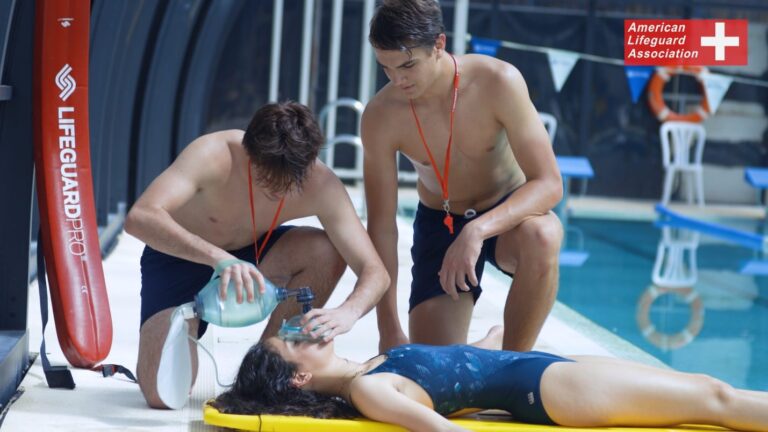As summer approaches and families run to seaside areas, the safety of our beaches becomes principal. With the rising number of beachgoers every year, it is urgent to ensure a protected environment. Here are some strategies that can be implemented to guard our beaches for everybody.
Understanding Beach Hazards
Quite possibly the earliest step in maintaining beach safety is teaching the public about expected hazards. Normal beach dangers incorporate rip currents, jellyfish stings, sharp shakes, and unsteady shorelines. By dispersing data about these hazards, local specialists can engage beachgoers to go with informed choices.
Public awareness campaigns can utilize online entertainment, banners, and signs at beaches to feature risks. It is vital to underline the significance of swimming in designated areas, as lifeguards frequently monitor these spaces for expected dangers.
The Role of Lifeguards
Lifeguards play a fundamental role in maintaining beach safety. Their presence dissuades perilous way of behaving as well as gives immediate help with emergencies. Lifeguards go through thorough lifeguard training to equip them with the skills expected to answer different situations, from protecting swimmers in distress to administering first aid.
Communities should prioritize employing well-trained lifeguards and ensuring they are positioned at basic focuses along the beach. Furthermore, lifeguards should regularly practice rescue drills to stay capable in their skills, ensuring a quick response during emergencies.
Implementing Safety Measures
To additional improve beach safety, a few measures can be taken on. These include:
Designated Swimming Areas
Establishing clearly checked swimming zones is essential for guarding beachgoers. Designating areas where lifeguards are available helps to limit risks related with swimming in hazardous areas. Also, these areas should be regularly monitored for changing circumstances like strong tides and surf. Posting flags or signs showing the water’s safety can likewise guide swimmers.
Emergency Equipment Accessibility
Equipping beaches with fundamental emergency devices is one more basic part of safety. Lifeguard stations should approach rescue tubes, first aid units, and robotized external defibrillators (AEDs). Regular maintenance of this equipment ensures its functionality during emergencies. Public awareness with respect to the area of emergency equipment can significantly improve the response time in basic situations.
Safety Education Programs
Directing regular safety education programs can significantly affect beach safety. These programs can cover topics like water safety, sun protection, and understanding beach hazards. Local schools and community centers can team up to offer workshops that incorporate shows of safe swimming practices, acknowledgment of rip currents, and emergency response techniques. Drawing in with families and empowering them to partake in these programs fosters a culture of safety at the beach.
Beach Cleanliness and Environmental Protection
Maintaining a perfect beach isn’t just stylishly satisfying yet additionally fundamental for safety. Litter, broken glass, and sharp items can present risks to beachgoers. Local specialists and community volunteers should sort out regular beach tidy up events to eliminate trash.
Implementing reusing containers and waste management systems can encourage dependable removal of waste. Besides, protecting the beach environment helps keep up with its natural magnificence and ecosystem, adding to a safer recreational region for all.
The Significance of Lifeguard training
One of the best ways of ensuring beach safety is through complete lifeguard training programs. These programs plan people for the special challenges of beach lifeguarding, including swimming techniques, rescue activities, and first aid.
If you’re keen on becoming a lifeguard or upgrading your skills, searching for “lifeguard training near me” can interface you with local opportunities. Putting resources into lifeguard training equips people with fundamental skills as well as adds to a safer beach environment in general.
Collaboration with Local Organizations
Partnerships with local organizations can improve beach safety drives. Working together with community gatherings, schools, and organizations can work with the sharing of assets and skill. These partnerships can help advance safety education programs and enlist volunteers for beach tidy up endeavors. Also, local health departments can help with promoting beach safety campaigns, accentuating the significance of safe swimming practices and the role of lifeguards in emergencies.
Final Word
Ensuring the safety of our beaches is a shared responsibility that requires the participation of people, communities, and local specialists. Through education, effective lifeguard training, and community engagement, we can establish safer beach environments for all. Stressing the significance of lifeguard training is fundamental for developing a skilled workforce devoted to beach safety.
Organizations like the American Lifeguard Association are instrumental in providing quality lifeguard training and certification programs that can help save lives. By focusing on safety at our beaches, we can partake in the sun and surf while protecting ourselves and our friends and family.
